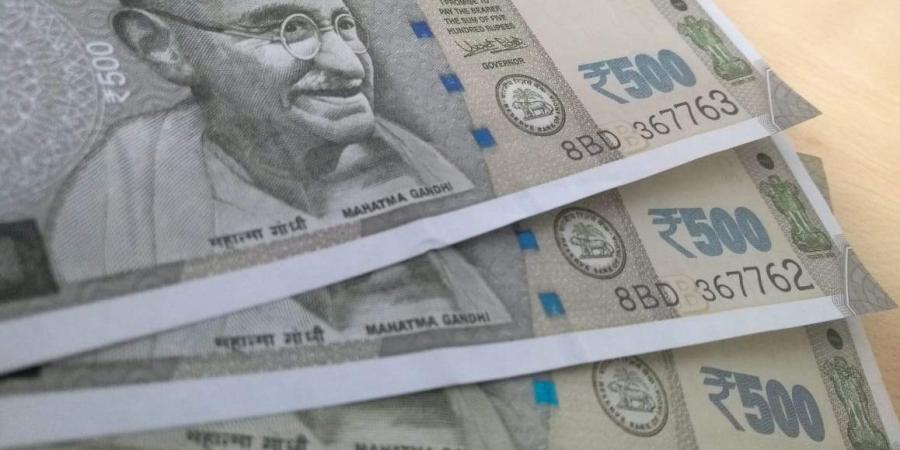CURRENT AFFAIRS
Get the most updated and recent current affair content on Padhaikaro.com
Does devaluing our currency help exports?
- Integrity Education, Delhi
- 19, Apr 2021

The rupee has been in the news over the last few days and it breached the 75 mark recently. When it comes to currency, there are two conflicting interests: Those who import would desire a stronger currency while those who export prefer a weaker one.
However, a currency that is weakened substantially may result in increased cost of imports that may spill over to production costs in case of inputs being imported. This is what makes it important to strike the right balance when it comes to the value of currency.
Currency manipulations were thought to have potentially destabilising effects over the long term, but there are instances where countries have deliberately kept their currency undervalued to benefit their exporters. The recent statements by the US about naming China a currency manipulator are largely driven by concerns about the fair value of the Chinese Renminbi. Japan too has been accused of the same in the past. The strategy of currency manipulation does help the country that attempts to keep its currency undervalued as it is able to benefit its exporters and attract a greater share of global trade. However, it was ignored that this growth came at the expense of other economies and thus, it could spark a global drive to devalue currencies, which would permanently damage global financial stability.
Since the last many years, there has been greater scrutiny on currency market interventions because the world recognises them as an active part of trade policy as practised by many countries. This has, to some extent, prevented the extent of interventions that occurred till as recently as a decade or two ago. However, such interventions continue to happen as most countries attempt to have a managed float.
While many view price stability as the core objective of monetary masters, the key aim was always to maintain the stability of the purchasing power of a currency. This meant keeping an eye on inflation and also on the exchange rates. Of course, impossible trinity meant that it had its own limitations while New Keynesian Economics resulted in many believing that having stable domestic inflation should help maintain a steady exchange rate. The bulk of these beliefs are now being challenged in the post-Covid environment.
Having said so, let us recognise that while some of our competitors intervened to keep their currency weaker, our interventions were largely focused on keeping the rupee stronger. This was done for several reasons: first, of course, is our dependence on imports, and second is the political narrative built around the value of rupee. Somehow, most people continue to believe that a higher value of the rupee represents a stronger economy—nothing can be further from the truth. As a matter of fact, a weaker rupee would have probably helped us in the sense that it would have allowed our companies to remain competitive at a time when other East Asian economies were tinkering with their currencies.
The key question that remains to be answered is whether a weaker currency may benefit our exports. In 2021, perhaps a weaker currency may not be sufficient to boost our exports, but an overvalued currency will almost certainly have an adverse impact on them. Incidentally, in Devaluating to Prosperity, Surjit S Bhalla illustrated how misaligned currency can have substantial growth effects. However, his key finding towards the end of the book was that the strategy of using devaluations to boost domestic growth was unlikely to be successful given that everyone is well aware of the same. Thus, a beggar thy neighbour approach may no longer be one that can be adopted as a successful strategy for promoting exports.
Therefore, there is a need to allow market forces to guide the process of finding the appropriate level for the rupee-USD exchange rate rather than attempt to keep it at its present levels. The process may result in either a higher price for the dollar or a lower one depending on how things evolve over the coming months. But any attempt to artificially elevate the value of the rupee will be counterproductive, just as any attempt to undervalue the currency may not yield the desired results. We must keep in mind that prolonged currency misalignment does come with costs and the economies that do not recognise the same have to face the heat eventually.
Sources : The New Indian Express